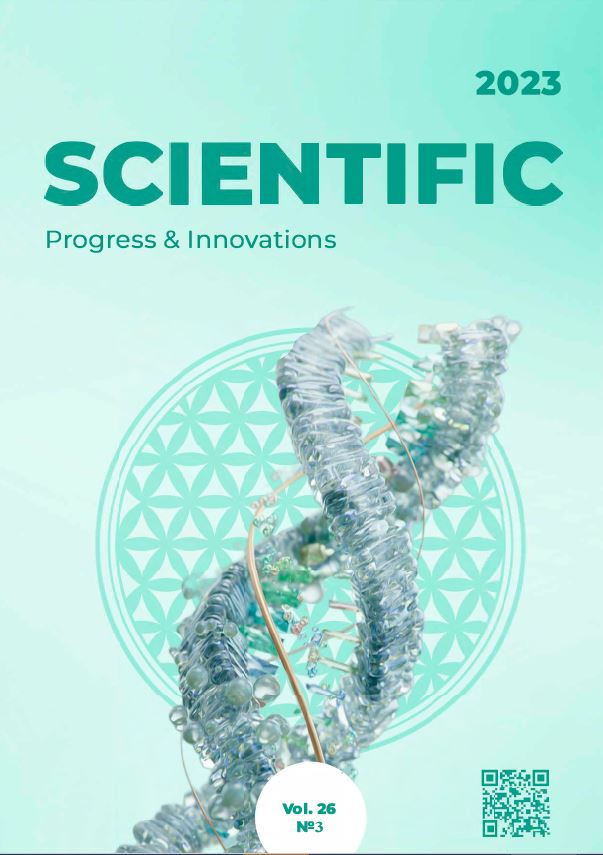Indicators of spoiled corn silage during its fermentation with different doses of biodestructor
DOI:
https://doi.org/10.31210/spi2023.26.03.14Keywords:
chemical composition, bacteria, compost, composting, Phosphorous, CalciumAbstract
At farms that specialize in raising cattle and producing milk from cows, for a number of reasons, corn silage, which is used in the rations, is not all fed to the animals. A significant amount of corn silage deteriorates and becomes unsuitable for use in feed. From an economic and ecological point of view, the most rational way of disposing of spoiled corn silage is its (fermentation) composting. The issue of composting spoiled corn silage using domestic biodestructors of the BTU-Center remains insufficiently studied. Therefore, the goal of our research was to establish the effectiveness of the impact on the technological, chemical and microbiological indicators of compost from spoiled corn silage using different doses of biodestructor. To conduct research, 150 kg blocks were formed from spoiled corn silage both in the control group and the experimental groups. Biodestructor at the rate of 5.0, 10.0 and 20.0 cm3/t was applied to the research groups. In the control group, corn silos were irrigated with water without the addition of a biodestructor. The formed blocks were covered with polyethylene film. Aeration of spoiled silage in the blocks was carried out once every 8 days. The temperature of corn silage was monitored during fermentation. A number of chemical and microbiological parameters were determined in the obtained compost. During the study of the temperature dynamics, it has been established that with the use of biodestructor in the amount of 20.0 cm3/t the temperature of the composted biomass has already increased by 60.0 % on the second day compared to the corn silage in which the biodestructor was not applied. The use of the maximum dose of the biodestructor allows composting of spoiled corn silage in thermophilic mode for seven days longer. With the introduction of biodestructors, the compost is enriched with bacteria Bacillus spp. The higher the dose of the biodestructor in corn silage, the higher the KMAFAnM indicator is. The use of a biodestructor helps to accelerate the mineralization of corn silage, which is confirmed by an increase in the content of calcium in the compost by 36.5 % compared to the control. The introduction of a biodestructor contributes to the reduction of Nitrogen and Phosphorus losses, respectively, by 8.6 and 11.3 % compared to composting without a biodestructor.

 Creative Commons Attribution 4.0 International Licens
Creative Commons Attribution 4.0 International Licens